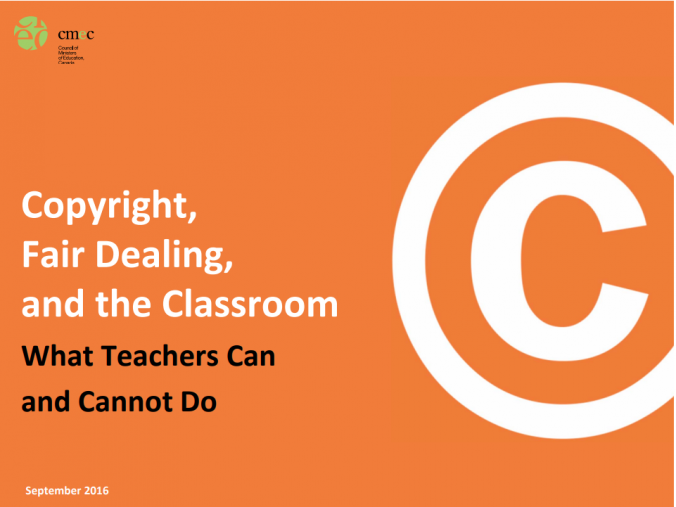When growing up I joke about a digital divide between myself and my peers. My peers would have been characterized as being part of the MTV Generation. This refers to how adolescents raised in the 1980’s were influenced by MTV television channel. I have attached a brief video to provide you further detail regarding MTV Generation.
MTV Generation. (2022, February 22). Wikipedia. https://en.wikipedia.org/wiki/MTV_Generation#:~:text=Reviewing%20it%2C%20the%20New%20York
In our home we had three TV channels, CTV, CBC and Radio Canada. We never had cable TV in our home. I was part of a large family and when we were all together usually around a supper table we would have very in depth discussions regarding the issues of the day. Even though I enjoyed listening to everyone’s thoughts on a particular topic, I noticed I felt like a bit of an outsider when I was with my peers. Often times my friends would make comments on things they saw on TV. I was completely unaware of many of the topics that would come up. I would be amazed on the knowledge my peers had regarding music, sports and general knowledge. There was a documentary made in 1991 titled the MTV Generation. This documentary mentioned that concerns arose associated with the MTV Generation such as reduced attention spans and being apathetic. So, even in the 1980’s technology was associated with the decline of higher cognitive skills.
Now decades later what is our present relationship between technology and it’s influence on younger generations? In initial discussions in our EC&I 832 class it was brought up regarding the same concerns regarding the influence of technology and today’s younger generations and how it impacts learning in the classroom. These same arguments have existed even before the introduction of MTV to adolescents in the 1980’s.
Do you think it is the technology or the lack of guidance that has more of an impact on the development of critical thinking skills in our students?
This past week I had the pleasure to review a presentation in my class that will answer the question above. The presentation addressed what role should schools play in preparing student to become media/digitally literate? One particular slide grabbed my attention with a simple equation:
digital literacy = digital tool knowledge + critical Thinking + social engagement (Promethean, 2017)
The article Digital Literacy in the classroom. How important is it? was posted in 2017 and it is still relevant today. In fact it is becoming even more critical as time goes by for times are changing and different skills will be needed by people if they will want to be successful in the future. For example, as our economy changes from industrial to new information, technology and service based occupations. New expectations will be thrusted upon the younger generations. One of the expectations that are needed is digital literacy and everyone who uses technology needs to develop these skills. Digital literacy should not be confused with computer literacy. Computer literacy measures the “ability to use computers and to maintain a basic understanding of how they operate.” (Wikipedia Contributors, 2019).
Digital literacy refers to the equation listed above which stresses 3 critical components:
- Digital Tool Knowledge
- Critical Thinking
- Social Engagement
What this means is that we must challenge teachers hidden beliefs that correlates students high technology literacy with high digital literacy. This is a dangerous assumption. Digital literacy is much more comprehensive. If we want students to be prepared to meet future challenges in the world we need to first teach them properly. Deep learning is a term that was presented by my classmates.
The intention of deep learning is to promote curious, life long and independent learners. There are 6 core skills:
- Collaboration
- Creativity
- Critical Thinking
- Citizenship
- Character
- Communication
If we don’t teach students properly, it is not the technology’s fault. Just like when MTV was introduced in the 80’s was there appropriate guidance for that generation on how to use that technology? Did it foster the characteristics of that generation that were presented in the documentary? Was the generation aware of the importance of digital/media literacy? Now, technology has evolved and we don’t have just the TV channels to contend with. We now have technology permeating in all facets of our lives.
The point that is being made is that deep learning is essential in today’s classroom. The digital world is her to stay. Are we willing to risk our students’ future by not teaching them essential skills to help them mitigate threats, while taking on challenges in life? I will say there is no debate, we must foster those key core skills. If not we run the risk of future generations just getting their guidance by googling.
Promethean. (2018, June 29). Digital literacy in the classroom. How important is it? – ResourcEd. ResourcEd. https://resourced.prometheanworld.com/digital-literacy-classroom-important/
Wikipedia Contributors. (2019, October 28). Computer literacy. Wikipedia; Wikimedia Foundation. https://en.wikipedia.org/wiki/Computer_literacy
What is Deep Learning? Who are the Deep Learning Teachers? (n.d.). ASCD. https://www.ascd.org/blogs/what-is-deep-learning-who-are-the-deep-learning-teachers



